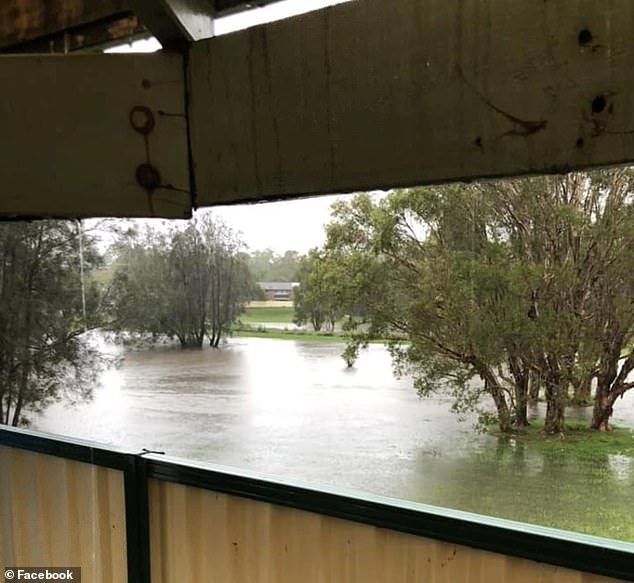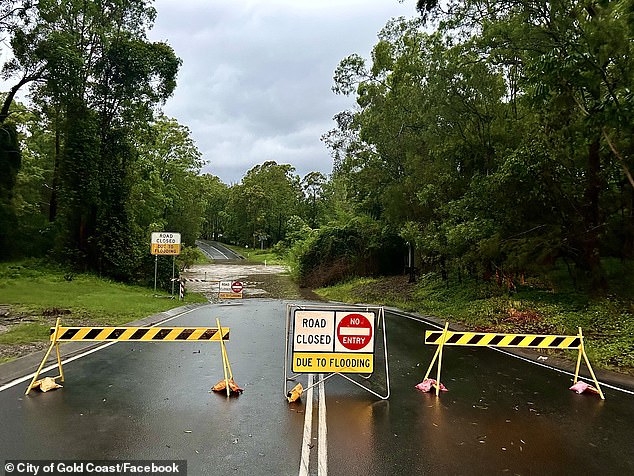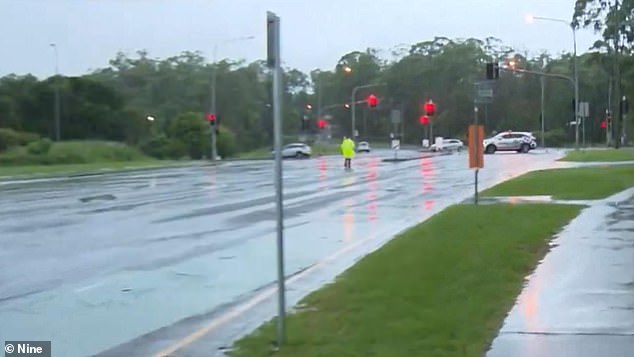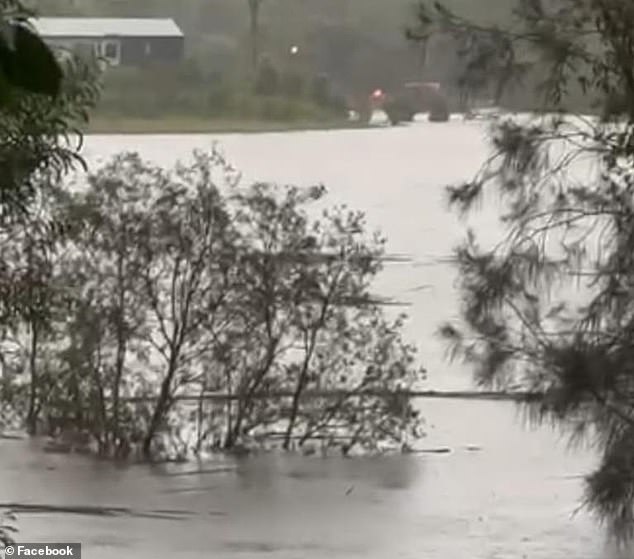New Year’s Day weather: Massive storm to bring ‘life-threatening’ floods and 200mm rainfall to south-east Queensland – what the forecast looks like in Sydney, Melbourne, Brisbane
Parts of south-east Queensland are on flood alert as they brace for a forecast of up to 200mm of rain expected to drench the area on New Year's Day.
The heavy rainfall on top of last week's flash floods will make for a miserable start to 2024 for flood-affected communities.
Residents of the Gold Coast, Coolangatta, Tamborine Mountain and Springbrook are on high alert, with a severe weather warning predicting locally heavy rainfall.
The downpour is forecast to continue until Monday, the Bureau of Meteorology (BoM) said, with forecasts for Sydney, Melbourne and Brisbane being released.
Particularly intense rainfall of up to 250mm over six hours could lead to dangerous and life-threatening flash flooding, the agency warned.
Parts of south-east Queensland are on flood alert as they brace for a forecast of up to 200mm of rain expected to drench the area on New Year's Day. Heavy rain is depicted
“Heavy rainfall will be associated with showers and thunderstorms, which are likely to be variable in the warning area,” BoM said in an alert.
'There is significant uncertainty in the movement and timing of features, but at this stage the risk of heavy rain could persist until Tuesday morning.'
In NSW, a high-pressure system entering the Tasman Sea brought persistent and humid easterly winds across parts of the state's northeast late on Sunday evening.
Possible heavy rainfall that could lead to flash flooding was forecast on Monday for the northern rivers, parts of the mid-north coast and the northern plateaus.
Three- to six-hour rainfall totals of up to 160mm and 24-hour totals of more than 250mm were possible, BoM said.
'Localized intense rainfall is possible in areas with persistent severe thunderstorms.'
Meanwhile, large parts of Northern Australia are set for a thrilling start to the new year.
The agency has introduced heatwave warnings for parts of Queensland, the Northern Territory and Western Australia, where temperatures are expected to rise above 40 degrees on Monday.
WA's western Kimberley, including the Dampier Peninsula, was expected to be hardest hit, with the mercury expected to reach 46°C at Marble Bar.
The city's heat gauge has recorded scorching temperatures in recent days that exceed the agency's official readings, with thermometers at the local RSL registering 51 degrees Celsius.
Extreme heatwave warnings were also in force for parts of far north Queensland and the Tiwi Islands in the NT.
Severe heatwave conditions were expected for the Top End, while a low-intensity heatwave was expected to extend across much of the country's interior, including into South Australia and western NSW.

The heavy rains on top of last week's flash floods will make for a miserable start to 2024 for flood-ravaged communities (pictured)

Particularly intense rainfall of up to 250mm over six hours could lead to dangerous and life-threatening flash flooding, the agency warned. A road closure in Gold Coast is pictured

The downpour (pictured) is expected to continue until Monday, the Bureau of Meteorology said

In NSW, a high-pressure system entering the Tasman Sea brought persistent and humid easterly winds across parts of the state's northeast late on Sunday evening. Floods are depicted
As northern inland Queensland experienced severe heatwaves, parts of the state also prepared for potentially damaging thunderstorms.
Charters Towers in the state's north was expecting a double whammy of heavy thunderstorms and temperatures of up to 36 degrees Celsius.
Conditions were expected to cool slightly over the next week, but severe, low-intensity heatwaves were still forecast for much of northern Australia.
Temperatures of 26 degrees were expected in Sydney, while Melbourne could expect a maximum of 25 degrees on Monday.
More to come…
